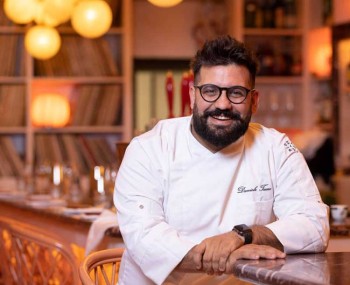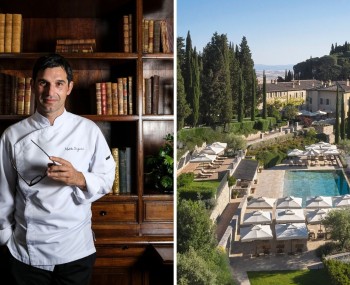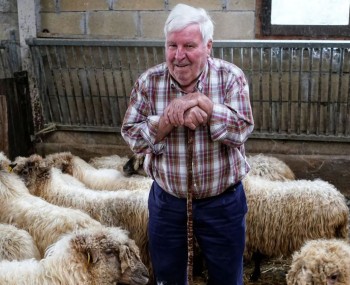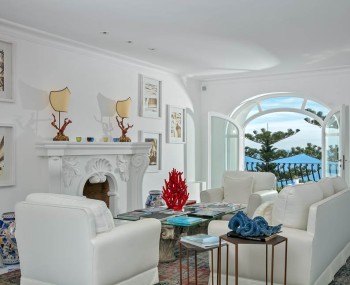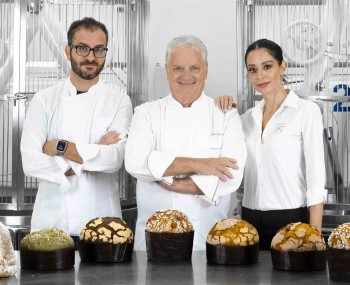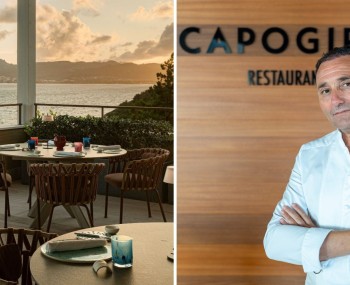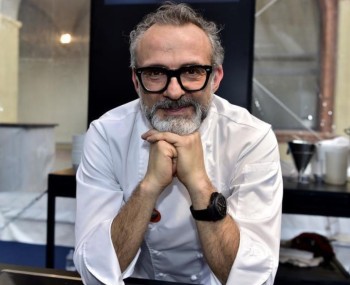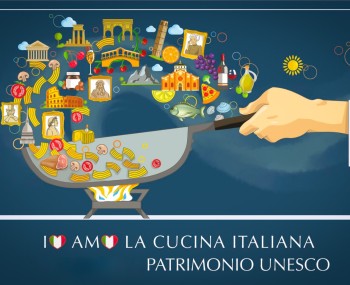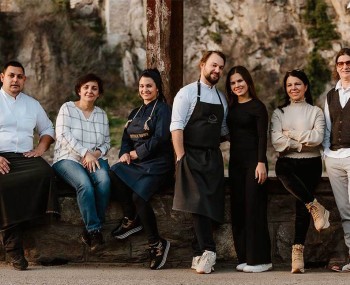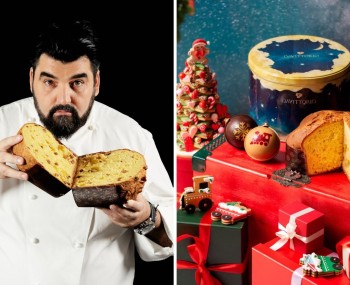A metropolitan living room that makes you want to stay. To eat, certainly, but also to chat informally, meet the chef and enjoy the dishes of the day, relying on a good team.
Photo credits: Savour
The chef and the restaurant
“My cuisine is gut-driven, indulgent: on the one hand, it aims to leave a lasting impression, while on the other, it educates,” says the chef at Dabass in Milan, originally from Monterotondo. A guardian of fond memories, guided by his heart rather than fleeting trends, Andrea Marroni is a true sentimental alchemist. His words seduce, as do his distinctive manners: don't be fooled, beneath the rocker exterior and tattoos lies a tender heart. A tough guy? Perhaps only in appearance, and anyone who observes him understands this in a flash: what rules are fragments of lived experience, home, and authentic emotions.

The positive vibes intensify as you cross the threshold of this metropolitan living room: it's a place that makes you want to stay, to eat, of course, but also to chat informally, watch the comings and goings of young people and familiar faces from the entertainment world, and be inspired. The location exudes the casualness, irony, and retro charm of the 1930s and 1940s: midnight blue walls, a mosaic of industrial glass that forms the backdrop for the expertly aligned bottles, the stars of the cocktail bar, lamps suspended like small domestic moons to illuminate the space, mismatched yet harmonious furnishings, unique pieces probably found in some flea market and subsequently restored, extravagant and eccentric ceramics - as well as crockery and cutlery - and contemporary naïve works depicting stylized subjects.

Every detail, including the deliberately dented corner counter, designed by artist Gianfranco Locatelli, Optical Crash, in black and white ceramic, has been carefully chosen. In short, the space that houses the narrow, long Liberty-style building, Casa Sartorio (1909), in Porta Romana, between Via Piacenza and Via Passeroni, seems to have been inhabited for decades by someone with good taste and a bohemian soul. The bistro, which opened in January 2017 following the meeting and friendship between Maddalena Monti, Andrea Marroni, and Roberto Tardelli, was designed by the A2BC architecture studio, while Francesca Savini was responsible for the interior design.

Informal, relaxed, and fun, it offers a selection of bold, high-performance dishes that tell surprising stories: signature comfort foods that evoke the past alternate with creative twists that wink at tradition. Given the premise, the written menu is just a starting point, so I preferred to abandon myself to the recommendation of the day, which in this case is worth more than a string of lines printed on paper. I went with the flow, trusting the waiters, the knowing glances, and the invisible, invincible understanding between the members of the team. Here, it is the improvised gestures and unexpected ingredients that make the difference: no anxiety, perfectionism is set aside.

The dishes
Marroni follows the rhythm of the day, the market's offerings, the seasons, technique, and his own inspiration. The light in the blue iris of those who cook with love, without any filters, meets that of the diners, capturing every hidden need, even those unspoken. And so you find yourself in front of a glass of champagne and a cutting board: wagyu pancetta, Iberian Patanegra 959, and Roman white pizza served hot, fragrant, and surprising. A provocative caress, an invitation to relax and toast. We continue with poached egg on saffron cream and crispy guanciale, a great, elegant and gritty signature dish: the yolk flows slowly like molten gold at the first touch of the spoon, the savory flavor bursts forth decisively, and the spice, though delicate, is treacherously perceptible.


In the meantime, we are offered a Tardelli, a lively drink named after the legendary barman of the restaurant, made with vodka (or gin), fresh lemon juice, liquid sugar, and ginger extract. With its subtle spiciness, it enters the scene mysteriously, awakening the senses and preparing us for the next course: spaghetti with butter and anchovies, given a modern twist. “Una cosa facile” (an easy thing), as they say in Rome, were it not for the vermouth used to balance the sweetness and the almond milk used to cream the dish, a strong reference to Sicily.

“We don't have any more time, everything has to be sustainable, even the costs, otherwise I can do without it. I refuse to submit to whims and adapt,” says the chef with the calmness of someone who has already made an irrevocable decision, as the second courses arrive at the table.

Dishes that do not seek applause, but respect, prepared with the highest quality ingredients that are not disguised, the heart of wagyu, spring onion braised and smoked over charcoal, green sauce and crescia, and agarto (an anatomical cut that is usually minced) seasoned with chimichurri, brown stock and wild chicory sautéed with garlic, oil and chili pepper, both sourced from La Cigolina, an environmentally friendly farm in Lodi.

Before concluding the journey, she arrives, a seemingly shy salad, but with personality to spare: fennel, roots, beetroot, various seeds, pistachios, and crème fraîche. A handshake before the embrace that is destined to strike deep. Last but not least, a panettone that is not afraid of the seasons, bergamot, saffron, and almonds, made in collaboration with master baker Fabrizio Fiorentini of the Sant'Agnese bakery in Rieti, nestled on a voluptuous zabaglione, which welcomes it into its arms, and finished with wild strawberries, a drizzle of oil, and grains of salt.

A clear voice amid the noise, not to be confused with the uncontrollable, deafening screams that surround us every day: “Ours is a sacred job that deserves loyalty. We must sacrifice more and more; ethics are fundamental. My dream is to create and expand a network among colleagues so we can exchange ideas, grow, and collaborate synergistically. People feel the need to go out and eat at a restaurant, but even more so to be pampered, and my job is to give them a genuine experience that will remain etched in their minds and on their taste buds. This is what I try to convey to the students at the Food Genius Academy, where I teach. Of course, it's also important to have fun and develop your personality without losing sight of the goal." Ultimately, it's about sharing, challenging yourself, and passion. And those who know how to play with these elements never go wrong.
DABASS
via Piacenza 13- 20135 Milan
t. 349 356 5436
Tuesday - Sunday from 6:00 p.m. to 1:00 a.m.

